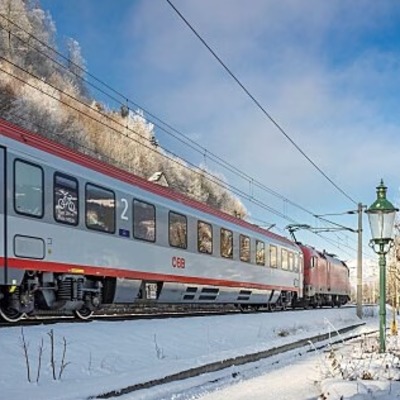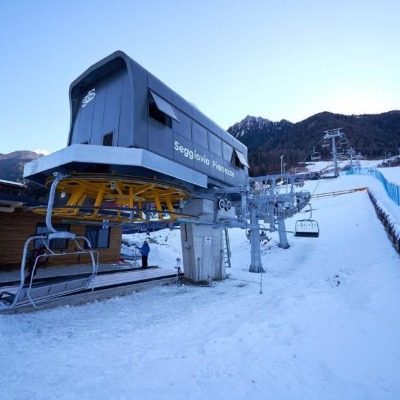Inntopia Destimetrics - Western Mountain Resorts: Snowfall Challenges Cause Slowing In Occupancy; Winter Season Revenues Remain Up

Many western mountain resorts struggled throughout December with a combination of below average snowfall and shifts in school breaks, which together caused a dip in occupancy and revenues for the month. According to the most recent data released by Inntopia in their monthly DestiMetrics* Market Briefing, as of Dec. 31, aggregated occupancy for the month of December was down 4.4 percent compared to last December, while Average Daily Rate (ADR) eked out a one percent gain for the month. As a result, revenues declined 3.5 percent in December compared to last December.
Looking at the full winter season from November through April, as of Dec. 31 occupancy is down 0.6 percent, but with a 4.6 percent increase in the ADR, revenues are up 4.3 percent compared to the winter of 2016-17. Decreases in occupancy are occurring in four of the six winter months with only November and April posting increases.
“We’re seeing occupancy declines in many mountain destinations that weren’t there 30 days ago,” said Tom Foley, vice president of Business Intelligence for Inntopia. “Some of the December occupancy declines were anticipated as there was no school break in the week preceding Christmas this year due to the holiday falling on a Monday. The low snowfall added to that challenge, but right now, a strong and loyal consumer base coupled with favorable economic conditions is helping lodging properties maintain room rates,” he clarified. “But the twin wildcards of weather and economic variables are definitely mixing things up at western destinations this year and there are some concerns about the potential of either to impact bookings and revenue in the months ahead,” he continued.
The dry conditions are showing an increasingly bigger impact on the full season. Bookings made in December for arrivals in December through May were down an aggregated 14.5 percent compared to last December for arrivals in the same time period. In-month bookings for December arrivals were down a dramatic 24.9 percent with January down 12 percent and February down 13.9 percent. March bookings, which include Spring Break and the pre-Easter holiday, are down 13.9 percent. Conversely, bookings are up 12.9 percent for April and up 10.9 percent for May.
Along with the uncertainty of weather, economic indicators can be unpredictable.
“Statistically, the economy is steamrolling along but there are concerns about the sustainability of Wall Street’s record-setting momentum as well as persistent concerns about worker’s wages keeping pace with inflation,” observed Foley.
The Dow Jones Industrial Average continued its unprecedented rise in December by gaining another 1.8 percent, posting the eighth consecutive all-time monthly record. The Dow once again posted its highest single day closing in market history as Wall Street reacted enthusiastically to the passage of tax reform legislation. In contrast, the Consumer Confidence Index experienced a significant 5.8 percent decrease during the month, but still remains at one of its highest levels in the past 17 years at 122.1 points. The 148,000 new jobs added in December were below analysts’ expectations, but still strong enough to buoy up the markets and continue the 87-month streak of positive job growth that began in October 2010. The Unemployment Rate remained unchanged at 4.1 percent for the third consecutive month.
“We’ve been tracking the lack of snowfall across much of the West with some anxiety, expecting occupancy, daily rates, and revenues to take a hit as we move into the peak season,” confided Foley. “And while we’ve seen a dip in occupancy figures, room rates have slipped only slightly from last month and we’re still seeing some revenue gains even in a challenging snow year.”
With the crucial holiday season now in the books, the ski season is poised at a crossroads and Foley is cautiously optimistic as he looks to the remainder of the season.
“Much of this season’s story is still ahead of us, and the pent-up demand means a single big snowfall can reverse the trends we’re seeing now at any given destination,” Foley assured. “And, while western mountain lodging entered the 2017-18 winter season with very strong rate momentum, which is supporting current revenue gains, the natural market forces of supply and demand will be felt if the snow continues to hold off and occupancy continues to slip,” explained Foley.













